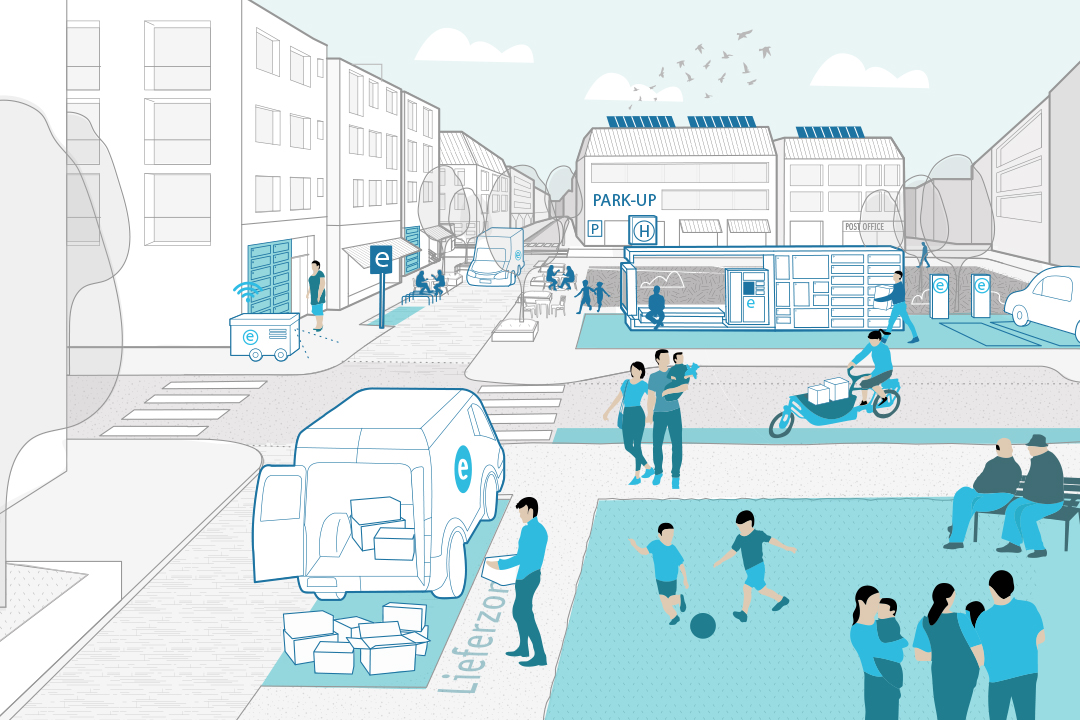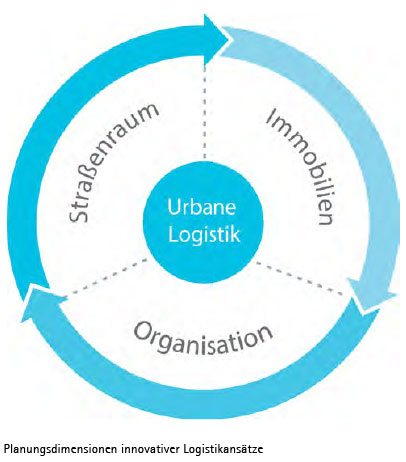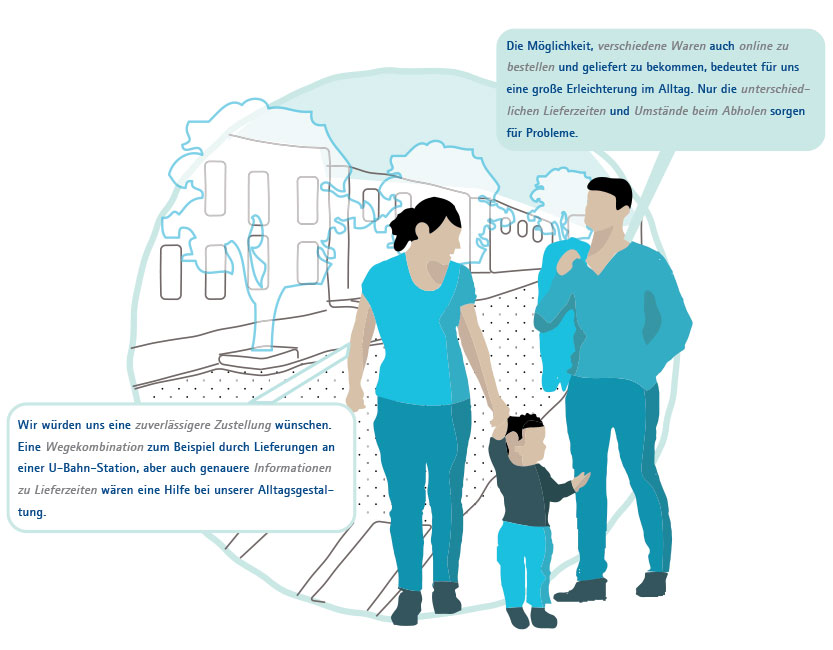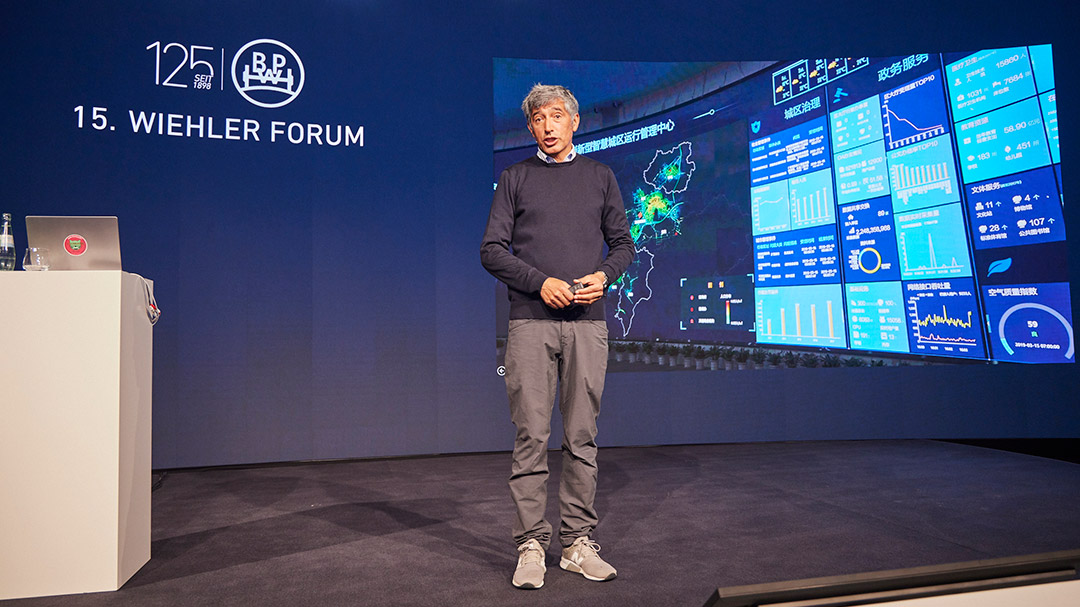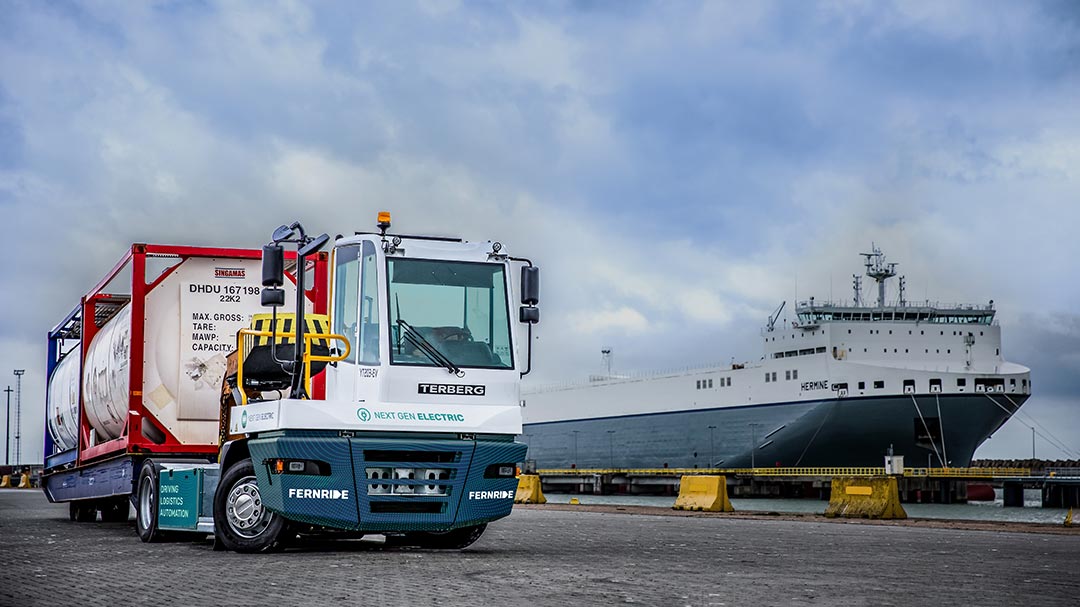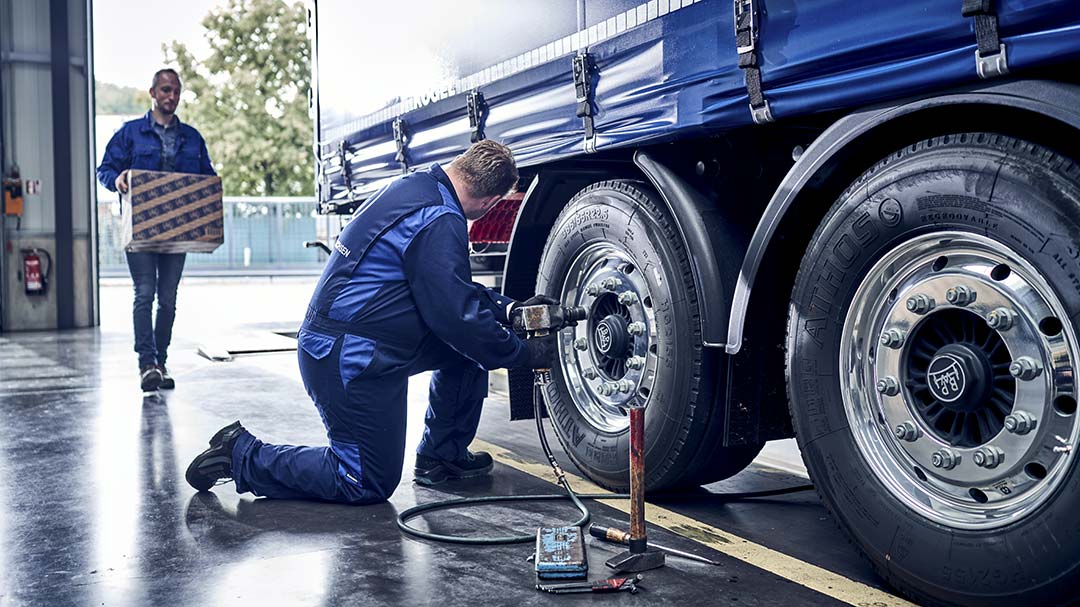Text: Joachim Geiger
Images: IHK Region Stuttgart, Bopp, Pesch Partner Architekten Stadtplaner GmbH
Until now, freight transport has often been a poor relation in urban planning. But how can city logistics function when the demand for transport is increasing and at the same time there is less and less space available? Stuttgart now wants to learn from past mistakes. Götz Bopp from the Stuttgart Region Chamber of Industry and Commerce explains what a new development quarter of the future could look like.
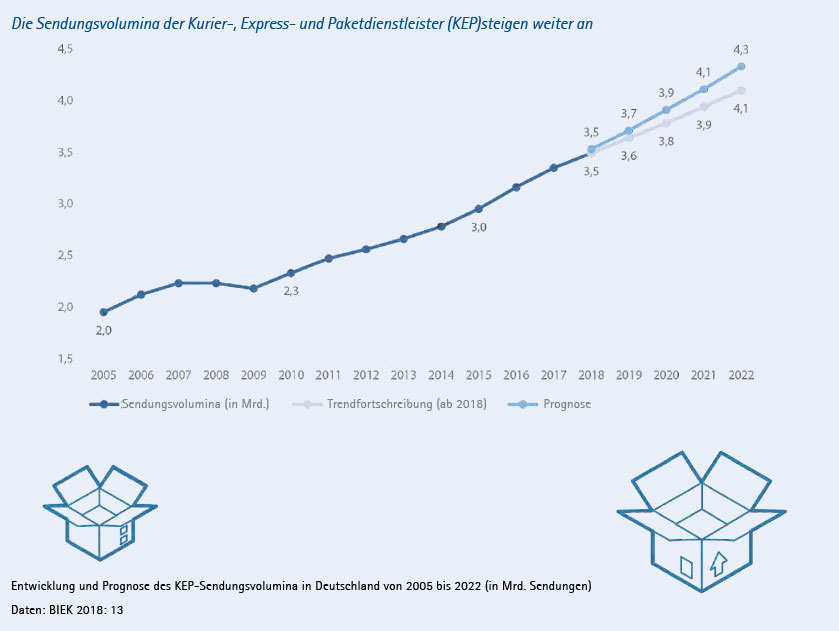
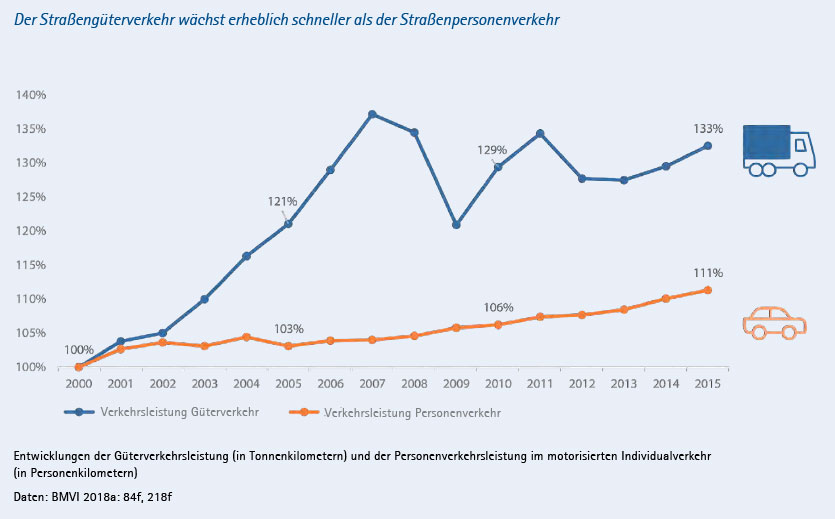

»Urban planners have a high level of competence for individual passenger transport and public transport. Freight transport, on the other hand, often still leads a shadowy existence.«
Götz Bopp, Department Head Urban Transport and Logisticsat the IHK Region Stuttgart
»Freight transport is part of the whole transport system in the city centre. We therefore need solutions taht are fair to all modes of transport.«
Götz Bopp, Department Head Urban Transport and Logisticsat the IHK Region Stuttgart

